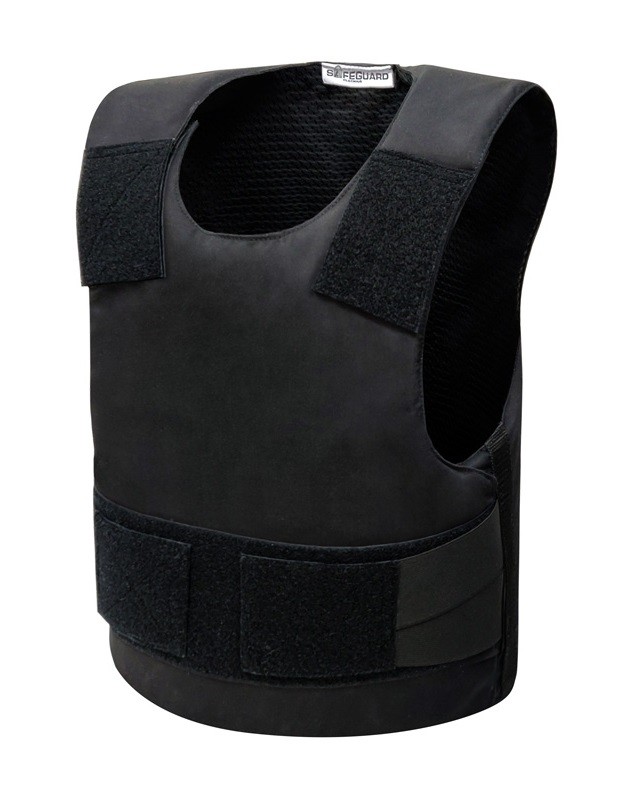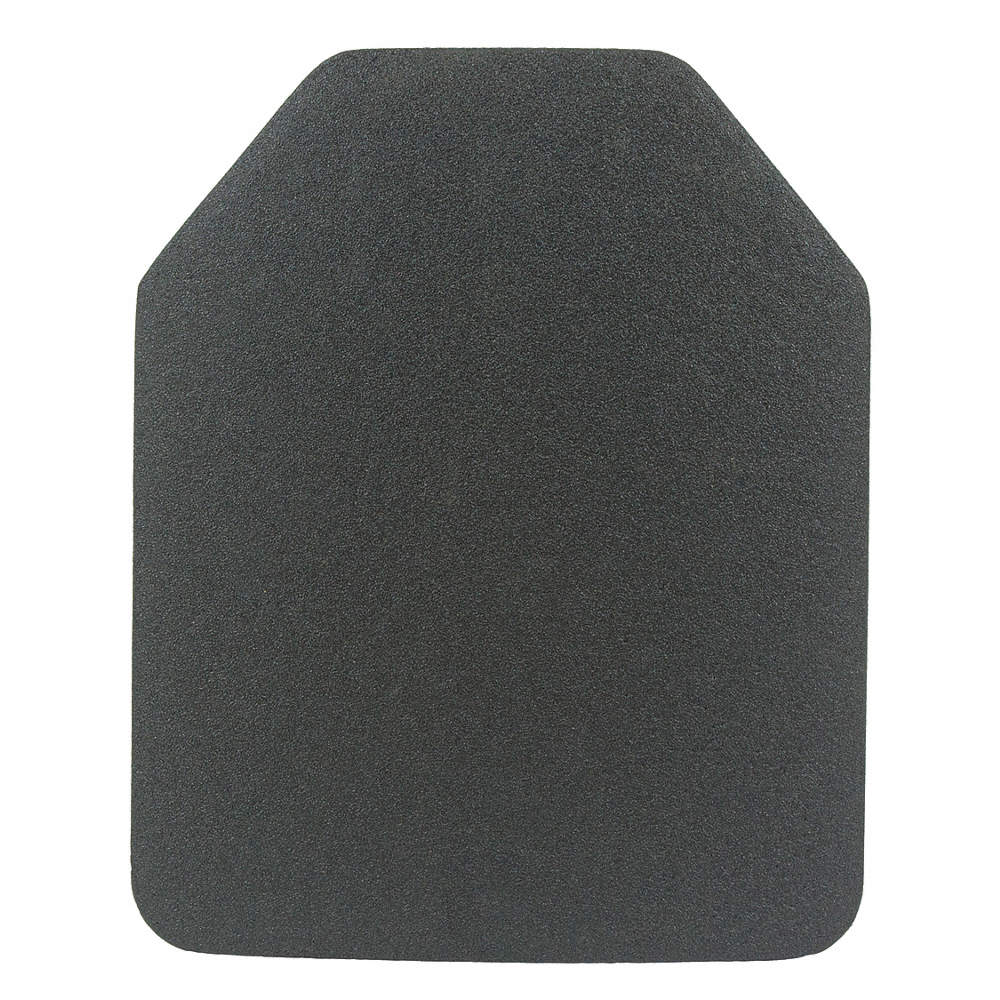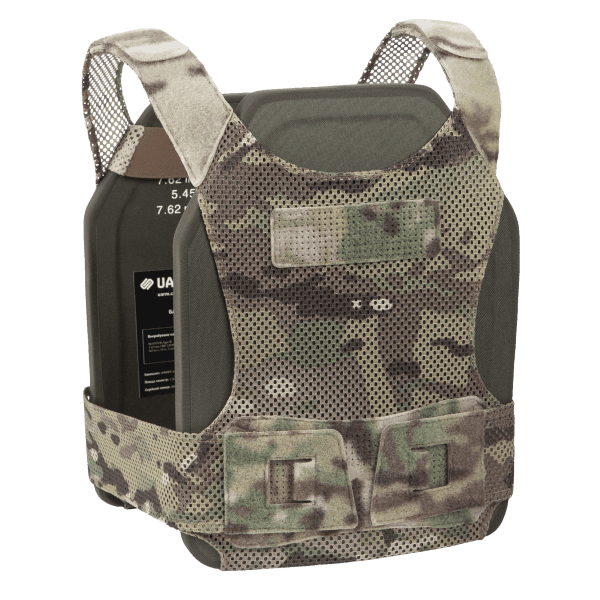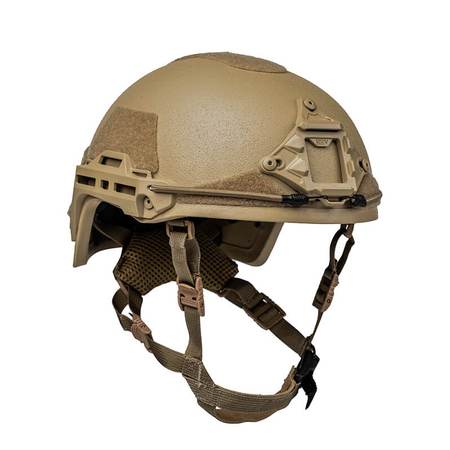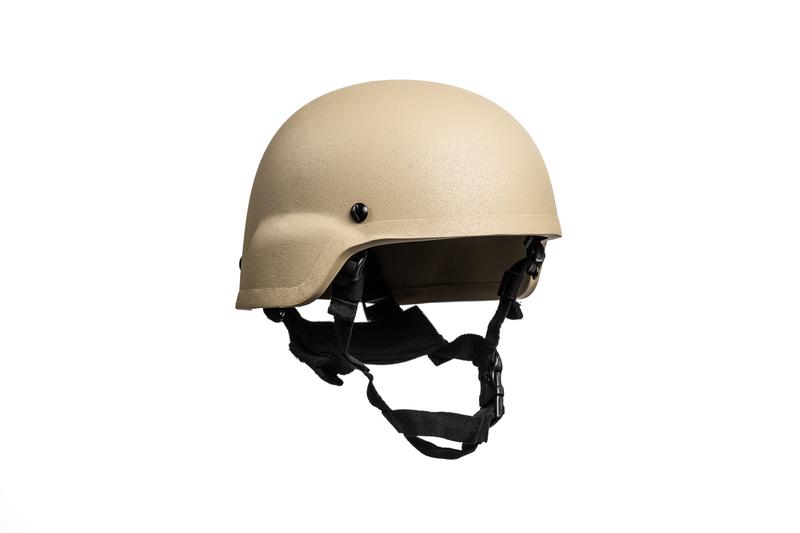We are already in a world where right wing terrorists are shooting unarmed and armed protesters and bystanders with increasing regularity. If you are participating in protests or direct action, ballistic protect might be something you should invest in after acquiring the far more important Individual First Aid Kit (IFAK) and basic Head/Eye/Ear protective equipment.
Ballistic protection has one primary job, to prevent projectiles from entering your body and hitting vital organs. There are a variety of types, used for different situations. We will examine torso protection first in the form of vests and plates, examining soft armor vs. plates, armor protection rating, testing standards, spalling, and conceal-ability/plate carrier options.
Second, we will examine ballistic head protection including material types and benefits, & surplus vs new.
Torso Protection
Vests vs. Plates
When many people think of body armor, they thing of the bulletproof vest. Versions of these have been available since the early 1900’s Then they were made of silk and costed an equivalent to $50,000USD today. Kevlar and technological improvements have brought prices down substantially and bulletproof vests have become commonplace for life in high risk areas.
Bulletproof vests are made from a soft kevlar that wraps around the body. It is soft and compliant, meaning it is more comfortable to wear under normal clothing and less obvious to people that you are wearing it.
Ballistic Plates have been around since the adoption of guns in the 1500s, though today materials can protect you from a variety of threats. Plates differ from bulletproof vest soft armor in that is comes in rigid plates that usually offer better protection than soft armor. The trade off is the lost of flexibility and the increased weight. There are soft plates, but these combine the smaller coverage of a plate with the less effective armor.
One of the biggest benefits to plates is their typically high NIJ rating, able to protect against rifle calibers with ease. Another benefit is back-face deformation. Soft armor transfers the energy of the projectile into a more concentrated area, cracking ribs and causes internal bruising. Plates redirect energy across the entire plate, sparing some of this damage. Still painful, but more protective if you are able to carry the weight.

Armor Protection Rating
The National Institute of Justice (NIJ) is the research, development and evaluation agency of the U.S. Department of Justice (DOJ) tasked with setting, testing, and improving the ballistic protection standards associated with body armor on the market. These standards ensure a regulated and tested level of ballistic protection, making NIJ standards extremely important when deciding which protection works best for your needs.
LEVEL II BODY ARMOR
Level II vests can sustain damage from 9 mm rounds at higher traveling speeds (up to 1245 ft/s) and additionally protects against the .357 magnum rounds. Avoid this. It is old tech and better options are out there, specifically level IIIA
LEVEL IIIA BODY ARMOR
Level IIIA protection covers all previous protection levels as well as 9 mm rounds traveling at speeds of up to 1400 ft/s. IIIA vests also protect against .44 magnum and .44 caliber rounds.
LEVEL III BODY ARMOR
Level III body armor is the first level that protects against rifle rounds. These vests usually consist of hard metal plates as opposed to soft plates. Vests must be able to withstand six shots from a 7.62×51 NATO round traveling up to 2780 ft/s to be considered as Level III.
LEVEL IV BODY ARMOR
Level IV body armor is the highest basic level which protects against armor piercing rifle rounds. They also consist of hard plates as opposed to Level IIIA plates and below.

Testing Standards
The above testing standards are important metrics. Beware buying from capitalist manufacturers claiming that their vests/plates ‘conform to NIJ standards.’ Quality manufacturers will provide you with a Letter from the NIJ that certifies if an armor product has met standards in actual lab testing. This is a big investment, check the website, email, call. Get a copy of that certification in hand before you buy.
Spalling & Plate Selection
Spalling/splatter is what happens to a bullet when it impacts a rigid surface. The energy of the bullet is transformed into shrapnel that travels along the flat surfaces of the plate, embedding pieces of copper and lead into your arms, chin, and legs. How is this prevented from happening? There are a variety of methods.
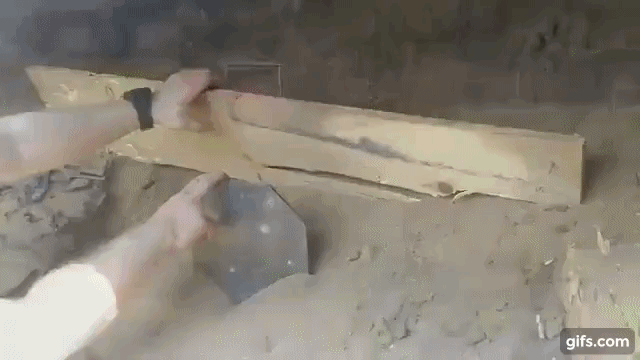
Steel Armor
Steel Armor at a minimum should have a build-up anti-spall coating on its surfaces. Not all of these are built the same, some only using truck bed liner, which is not safe. No matter the coating type, spall coatings on steel plates usually fail after a single round. This is buy far the least desirable armor due to its weight and spalling characteristics. The upside to steel is that is can sustain dozens of hits, but the likelihood of needing a single plate to take so many hits is extremely low (if your plate gets hit that many times, your extremities are probably shredded). These plates are rated Level III with a non NIJ rating of ‘III+’ ascribed to some plates to up-sell performance against M855 semi-AP 5.56x45mm NATO. Steel plates are the lowest cost option (between $75-120 per plate), but again, you pay for it in weight & spalling.
UHMWPE - Polyethylene Armor
UHMWPE armor offers an interesting alternative to Level III plates. Weighing in between 2.7-3.3 pounds (1.23kg-1.50kg), these plates are extremely light, actually float or are neutrally buoyant, and resist multiple shots from everything steel plates can protect against. They also catch all bullet fragmentation and have no spalling potential of their own. The only real downside is cost (between $290-400 per plate), which can get you into the market for more protective ceramic plates. If you expect to be near water frequently, these are a great option as well.
Ceramic Armor
Ceramic armor is the pinnacle of protection, protecting users from all likely rifle threats at a Level IV NIJ rating. These are battle tested to take multiple hits, they catch bullet fragments, and are lighter than steel. They are almost twice as heavy as UHMWPE armor, but the protection level and slim profile more than make up for it. The price for these plates has come down over the years, now becoming more affordable ($190-$350)
Concealability and Plate Carrier Selection
For the best conceal ability, soft armor will always win, but you sacrifice protection from a large number of commonly used weapons like ARs, AKs, etc.
Plate carriers come in a variety of forms for Level III & IV plates. There are deep concealment plate carriers available for covertly wearing protection that won’t get you singled out, if that is a concern in your area of direct action. A lot of these are breathable and some offer accommodations to carry concealed handguns or comms. These would be worn under a button down shirt or jacket.
External plate carriers come in a variety of forms, too many to compare. They key things to look for when buying a plate carrier for external wear is wide shoulder pads, quality nylon construction, use by LE/Military (not airsoft). You also might want quick release buckles or a drag handle to make giving you aid easier. Molle can be useful for attaching pouches (though we recommend stand along chest rigs that can be worn with or without armor).

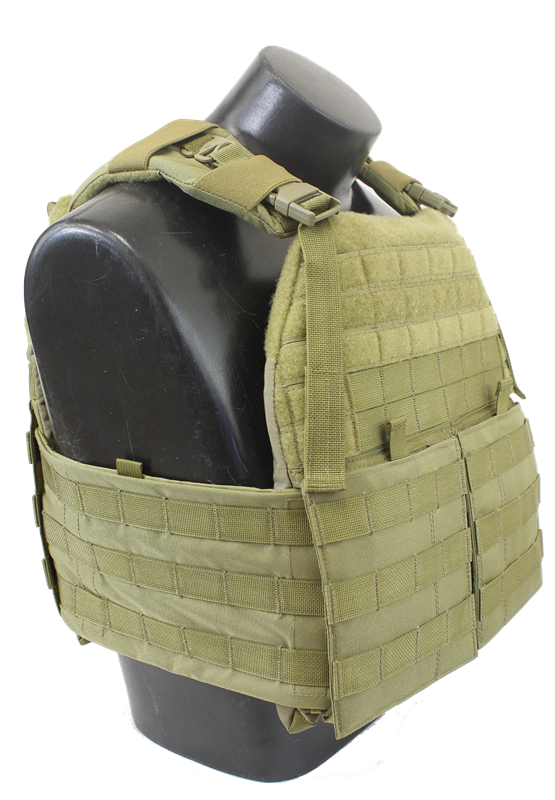
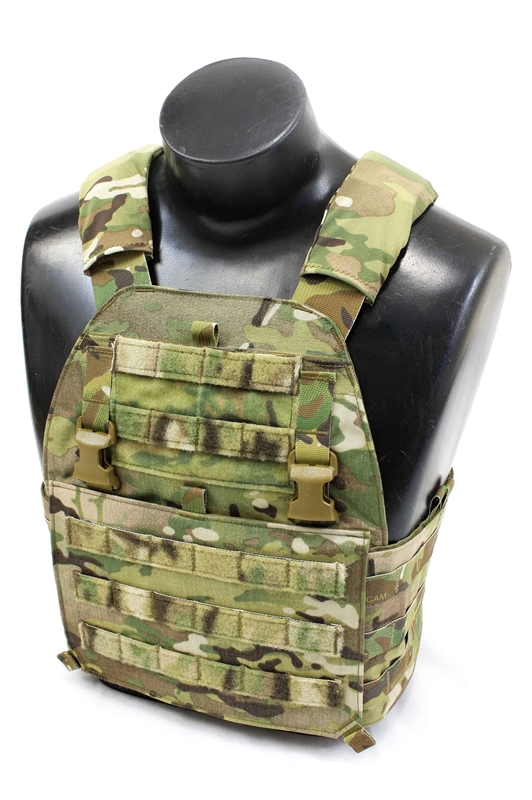
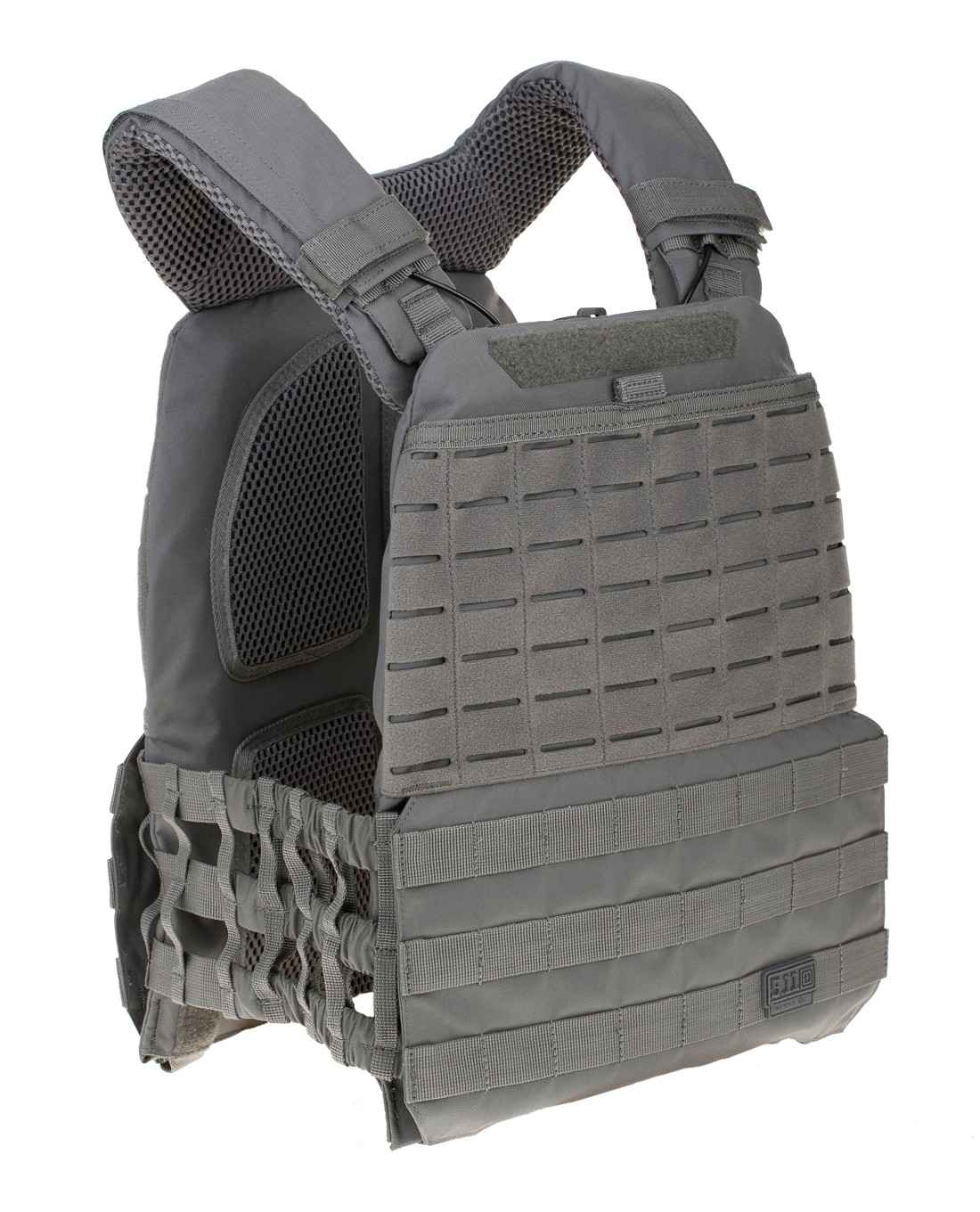
Important for medics: there are plate carriers for you as well! These can help readily identify you as an aid provider while providing you with reflectivity around traffic and protection from weapons fire while rendering aid. These come with velcro panels that you can swap out for a custom made placard indicating your are a medic/EMT/nurse/etc.

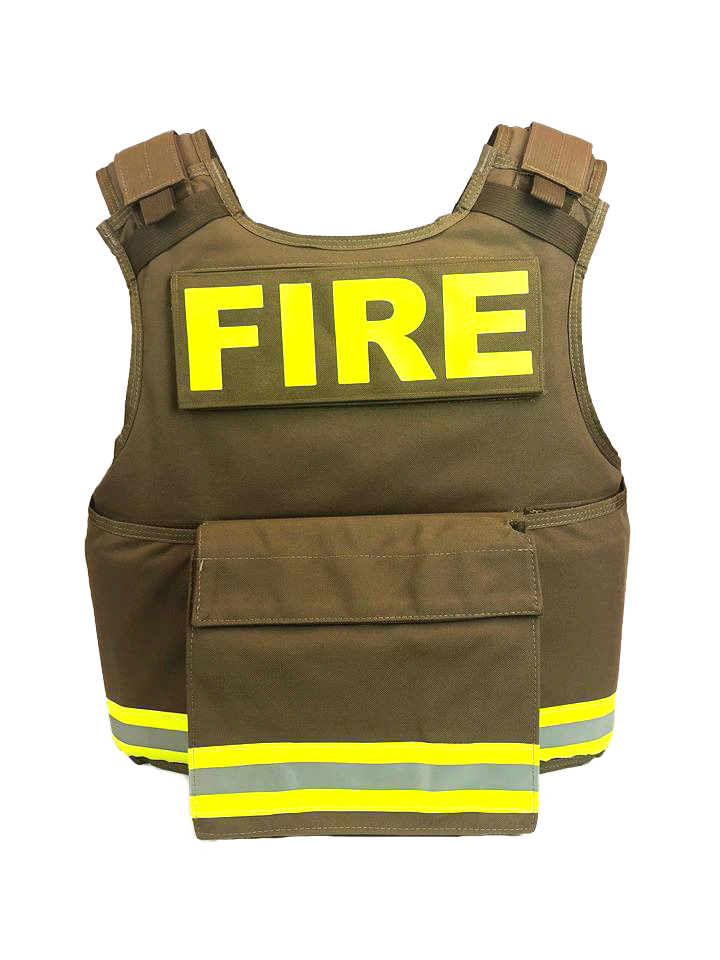
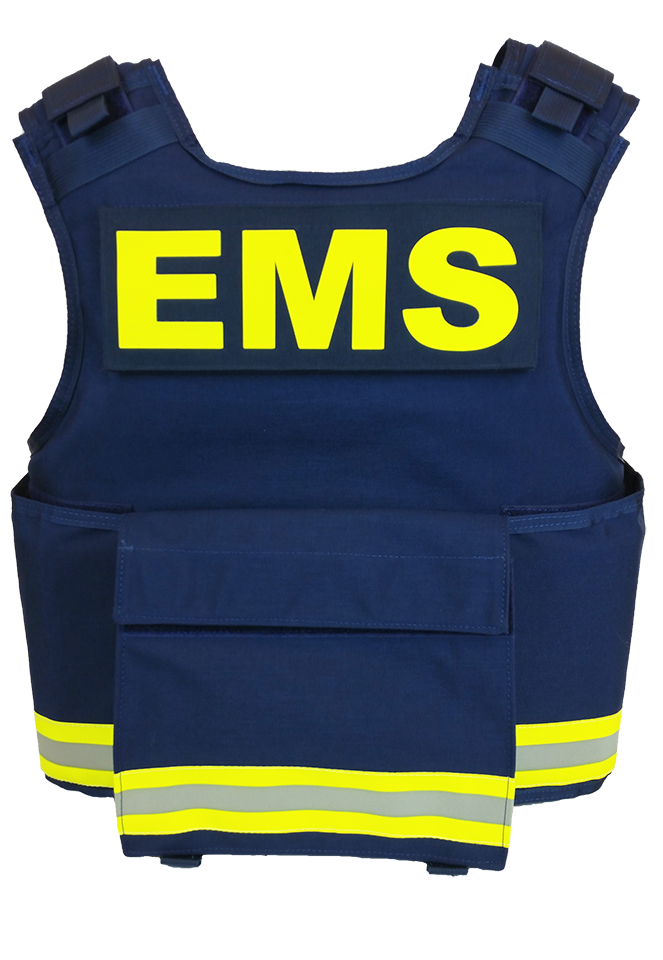
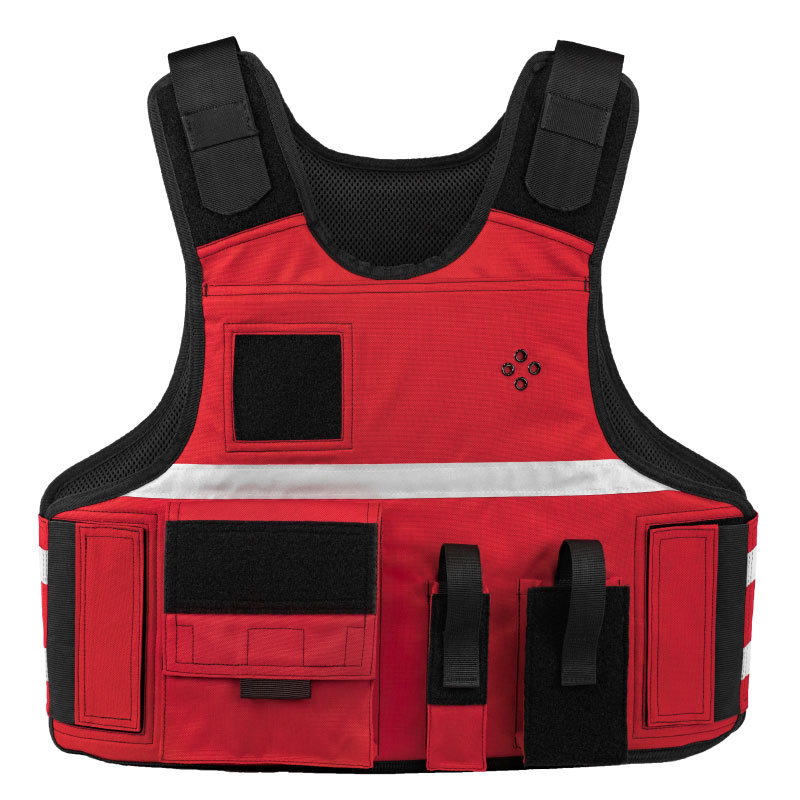
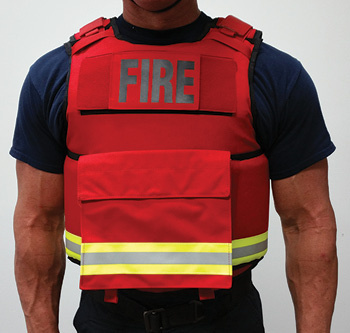
Ballistic Head Protection
Ballistic head protection can be broken down into two categories, steel and composite. Steel helmets (aka steel pots), were the standard for helmets used until the 1980s when composites began to introduce better protection and lighter weights. A quality steel helmet can stop most shrapnel and even some pistol rounds. This can vary greatly between countries, so we encourage you to do research into testing before buying surplus. One modern steel pot has been introduced by AR500, offering low price and good protection. It is much heavier than composites though, so lets look at these.
Composite helmets generally are composed of kevlar, aramide, or nylon fibers which help increase strength at a significant weight reduction. Commercial ballistic helmets come in three general shapes:

Standard cut comes with added protection to the side of the head if using ear plugs. If using over ear protection like peltors, high cut is the way to go as these helmets will not interfere with your hearing protection.
Most of the helmets on the market offered by reputable manufacturers offer NIJ IIIA protection. These can vary in price depending on the cut and included accessories, straps, pads ($300-$1200USD). A budget brand that has proven itself as high quality is the helmets made by Hard Head Veterans (HHV).
Surplus composite helmets can be bought and offer better protection than no ballistic helmet. We recommend NATO helmets, especially the American PASGT and MICH, the German PASGT copy, and the British Mk6 & Mk7 helmets.

